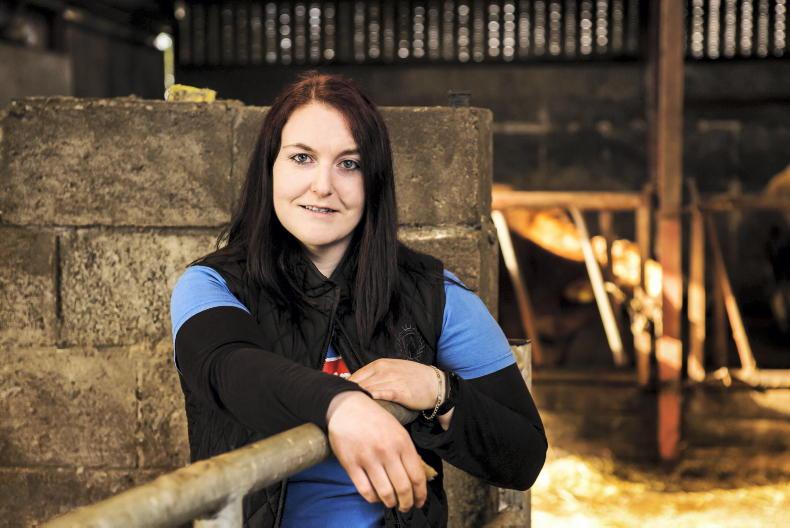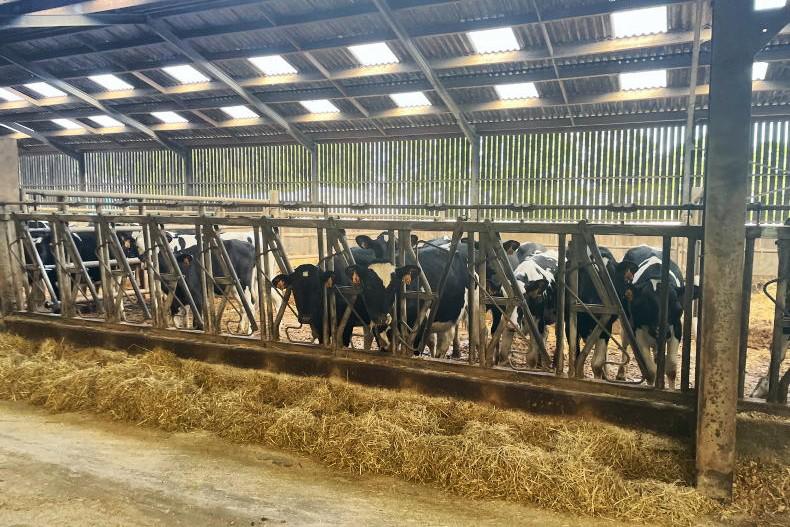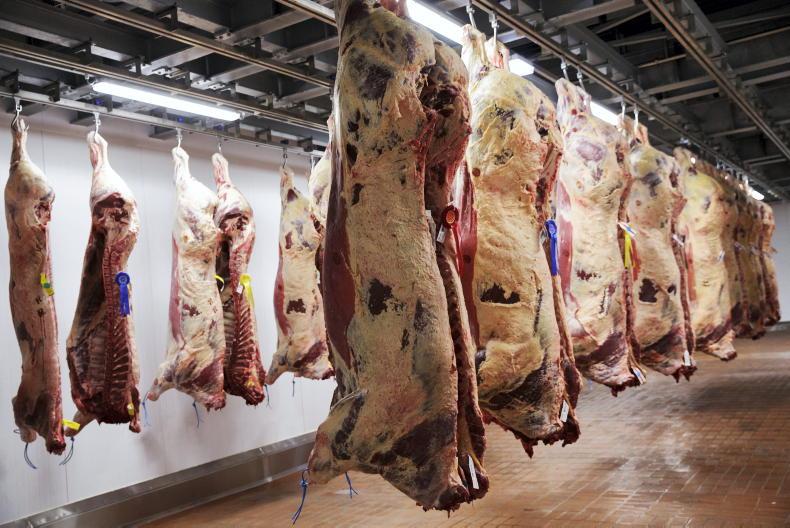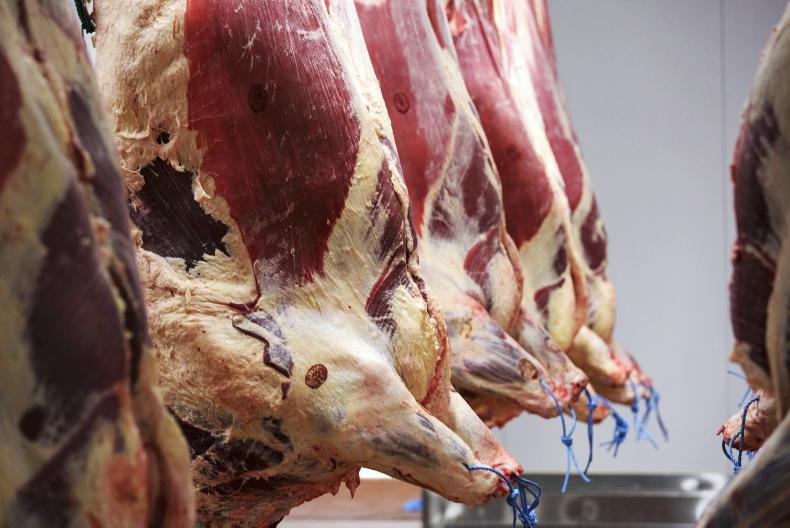Grass
Those that measure grass regularly should complete a closing grass cover over the coming days and start working on a spring grass budget, if not already completed.
The PastureBase programme makes this easy to do, and it’s the best guide as to how the farm is going grass-wise next spring.
Between now and next February, the average growth rate is probably going to be somewhere between 2kg and 5kg per day depending on location, grass species and soil fertility.
The closing cover and the over-winter growth will determine the opening cover, and this will determine how much grazing can be done in early spring, weather permitting of course.
Key targets are to have an opening cover of 1,000kg/ha in early February and to run this down to around 550kg/ha by early April. I feel that many farmers have taken their eye off the ball on grass over the last few years.
Poor growing conditions haven’t helped, but setting the farm up for good grass growth is key.
It’s not too late to spread lime or potash on low soil fertility fields.
Soil sampling should commence over the coming weeks, and cumulative grass growth data from PastureBase should be used to determine which paddocks are going to be reseeded next year.
Maiden heifers
From what I hear, performance of calves this year has been mixed enough, and some farmers are finding that more maiden heifers are under target weight than normal. The target liveweight for 1 December is 43% of mature liveweight. For a 580kg cow, this means the calves should be weighing 251kg today.
There will inevitably be variation in this, but it’s not too late to rectify the problem and bring the lighter ones back on track. It’s unlikely that the lighter ones will make any significant gain over the winter when on silage and meal.
The weight gain over this period is typically 0.4kg to 0.5kg/head/day even on good quality silage. The best policy is to separate these animals in the shed, give them 3kg of meal and target them for an early turnout in February.
This might be challenging for those on heavier soils, but it is possible for those on better soil types.
The numbers involved should be small, but the difference early grass will make to them will be enormous. Two weeks after turnout they should be doing 1kg/head/day, so will gain 60kg in March and April before mating in May.
Heifers that are well above target weight now should get no meal for the winter. Overgrown heifers are as bad as undergrown heifers, and it will affect their subsequent fertility as cows.
Nitrates
It is expected that N excretion rates for calves will change to the lower rate of 21kg/head before the end of the year and will be retrospectively applied to all of 2024.
While these changes will reduce the rate for calves, it will increase the rate for one- to two-year old bullocks from 57kg to 61kg/head. The change will bring one- to two-year old heifers to 55kg/head. The other thing to keep in mind is banding.
The upper limit for the middle band is 6,500kg, which is 6,310 litres. It is based on all the litres delivered divided by the average number of dairy cows on the farm for the year, including dry or cull cows.










SHARING OPTIONS